The streets of Brazil come alive with color, music, and an infectious energy during Carnival, the country’s most celebrated festival. Amid the samba rhythms and dazzling costumes, another star of the show often goes unnoticed by outsiders: the irresistible array of fried sweets that tempt revelers at every turn. These deep-fried delicacies, often passed down through generations, are as much a part of Carnival tradition as the parades themselves.
One cannot wander far during Carnival without encountering the aroma of hot oil and sugar wafting through the air. Street vendors set up makeshift stalls, their bubbling cauldrons churning out golden-brown treats faster than hungry crowds can devour them. From the crisp, doughnut-like bolinho de chuva to the syrup-soaked sonho, each bite offers a taste of Brazil’s culinary soul. These sweets are more than just snacks—they’re edible memories, tied to family recipes and regional pride.
Perhaps the most iconic of all is the coxinha doce, a playful twist on the savory coxinha. Shaped like a teardrop, this dessert swaps the usual shredded chicken for a filling of gooey dulce de leche or guava paste, its outer shell fried to a perfect crunch. Then there’s the bolo de rolo, a thin sponge cake rolled with layers of sweet guava, though some vendors take liberties by frying slices for an extra indulgent texture. The creativity knows no bounds—every state, every family adds its own signature.
What makes these treats so special is their connection to Brazil’s cultural mosaic. The Portuguese brought their love of egg-based sweets, African influences introduced coconut and palm oil, and indigenous ingredients like cassava found their way into batters. This fusion mirrors Carnival itself—a joyous collision of histories and traditions. Biting into a warm quindim, a glossy yellow custard made with coconut and egg yolks, is to taste centuries of adaptation and celebration.
For locals, these sweets are nostalgia on a paper napkin. Older generations recall grandparents frying filhós (similar to Spanish buñuelos) in backyard kitchens, dusting them with cinnamon sugar as children clamored for the first batch. Today, even as modern bakeries offer sleeker desserts, the rustic charm of Carnival’s fried treats endures. They’re democratic delights—equally beloved by millionaires in Rio’s VIP parade boxes and kids dancing in Salvador’s street parties.
The preparation is often a spectacle in itself. At Rio’s sprawling Sambadrome, vendors juggle vats of oil while costumed dancers pause to grab a quick sugar boost between performances. In Recife, where Carnival takes on a folksier vibe, elderly women sell cartola—fried bananas stuffed with cheese and topped with cinnamon—from weathered wooden carts. The contrast between the high-octane glamour of parade floats and these humble, flour-dusted artisans is quintessentially Brazilian.
Health concerns? Forgotten entirely during Carnival’s five-day frenzy. Nutritionists might shudder at the thought of so much sugar and oil, but Brazilians embrace the indulgence with characteristic abandon. After all, sweating through hours of samba under the tropical sun burns calories—or so the justification goes. Some vendors even lean into the decadence, like those in Minas Gerais who drizzle doce de leite over already-sweet fried bread, creating a sticky, irresistible mess.
As Carnival evolves—incorporating new music styles, political themes, and global influences—the fried sweets remain reassuringly constant. Food historians note that many recipes date back to colonial times, surviving urbanization and changing tastes. In a country where the future often feels uncertain, the first bite of a pastel de nata (adapted from Portuguese pastéis de Belém) or a piping-hot acarajé doce (a sweet version of the Afro-Brazilian acarajé) is a delicious anchor to tradition.
For visitors, navigating Carnival’s fried offerings can be overwhelming. The rule of thumb: follow the longest lines. If a vendor has a crowd of cariocas (Rio locals) waiting patiently, it’s worth the queue. Don’t shy away from asking for recommendations either—Brazilians relish introducing outsiders to their culinary heritage. Just be prepared for passionate debates about which state makes the crispiest bolinho de bacalhau doce or the creamiest brigadeiro frito.
As dawn breaks after the final night of Carnival, streets littered with glitter and feathers slowly empty. But the scent of frying dough lingers, a sweet farewell until next year. These treats, ephemeral as the festival itself, capture the spirit of Brazil—generous, vibrant, and unapologetically joyful. To taste them is to understand that Carnival isn’t just seen or heard; it’s savored, one golden bite at a time.
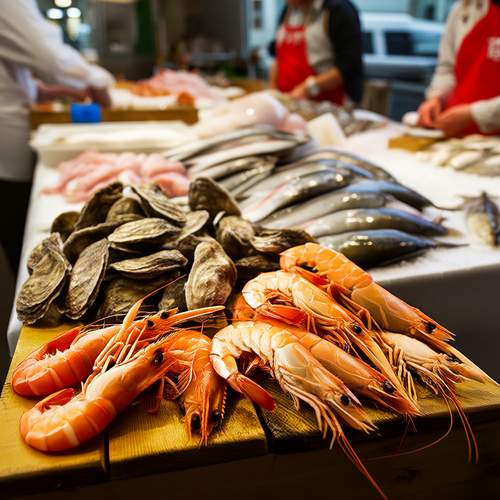
By /May 26, 2025
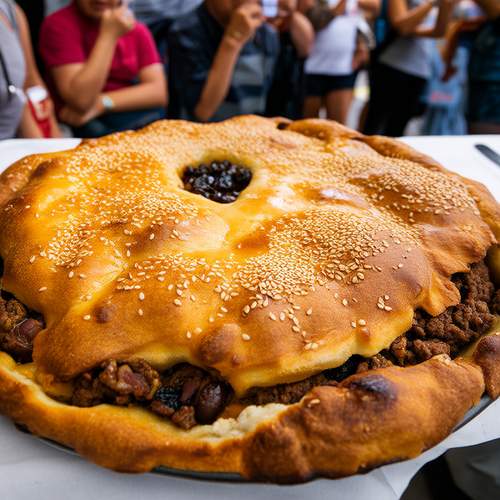
By /May 26, 2025
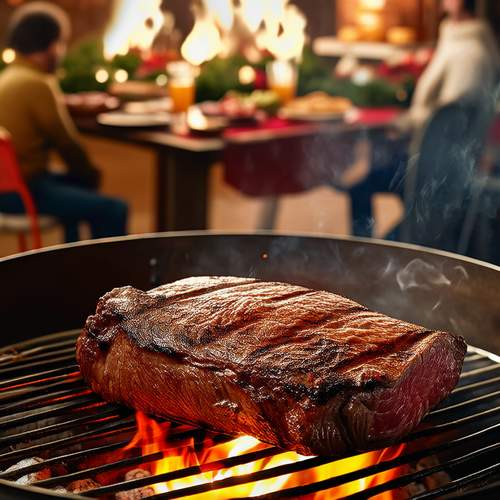
By /May 26, 2025

By /May 26, 2025
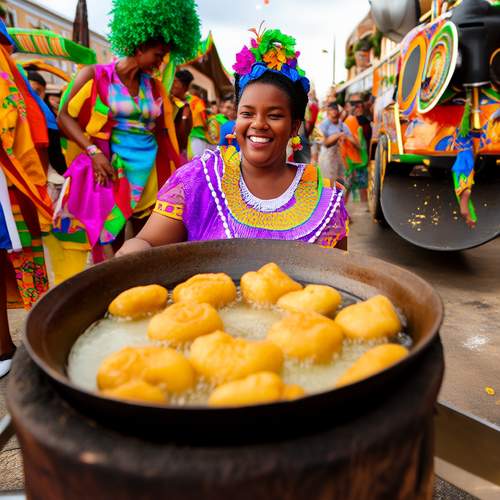
By /May 26, 2025
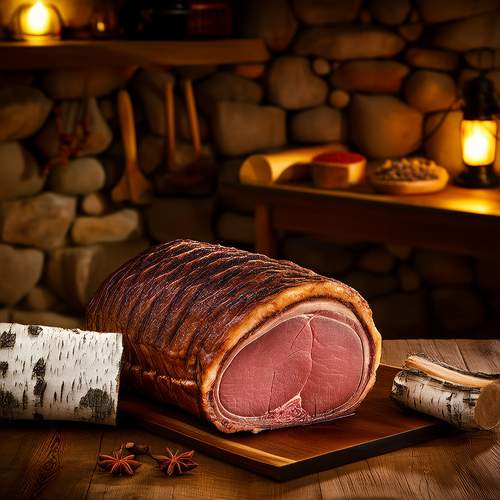
By /May 26, 2025
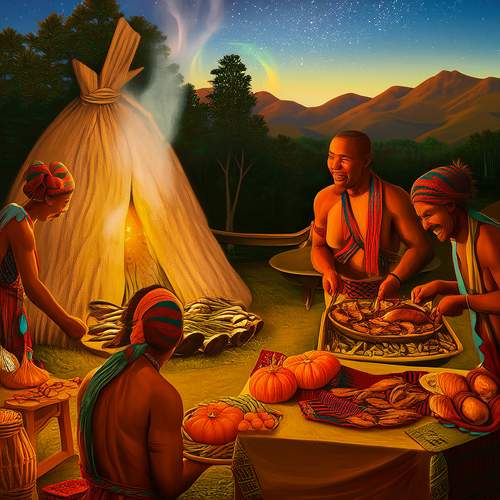
By /May 26, 2025
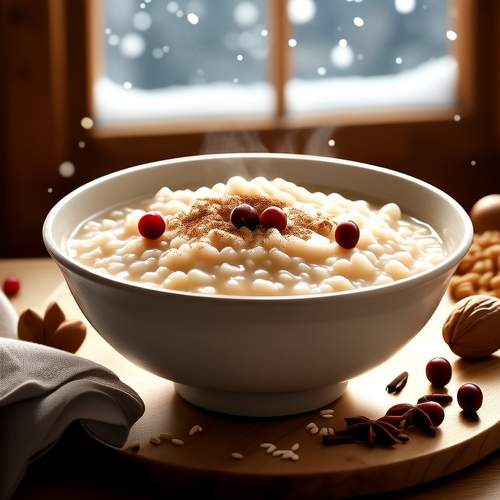
By /May 26, 2025
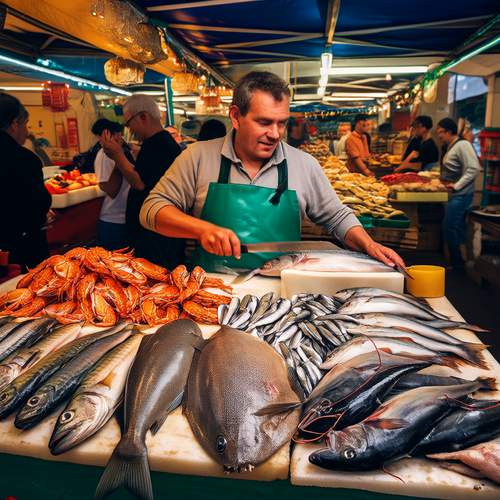
By /May 26, 2025
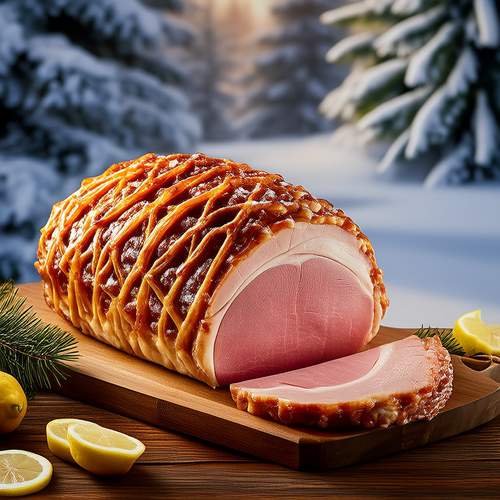
By /May 26, 2025
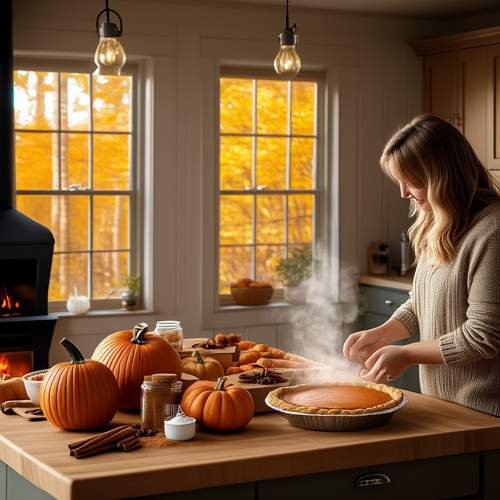
By /May 26, 2025
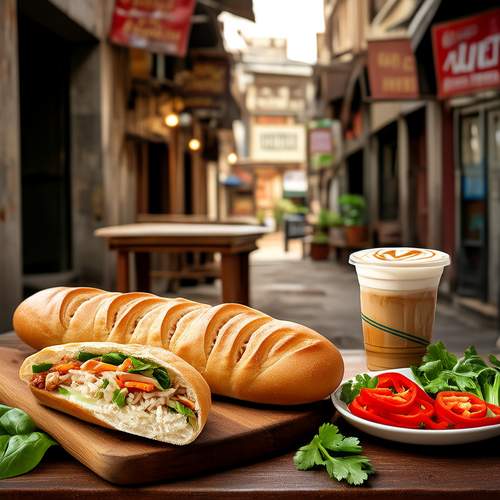
By /May 26, 2025
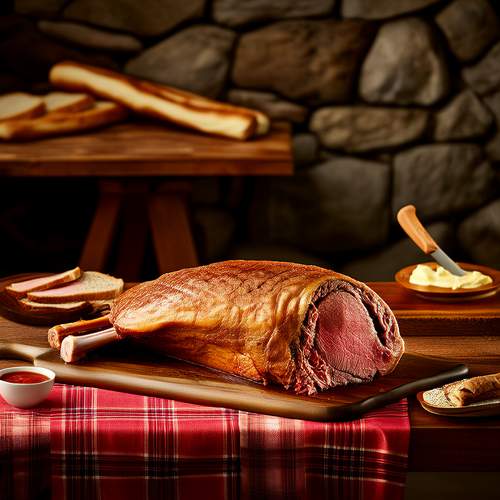
By /May 26, 2025
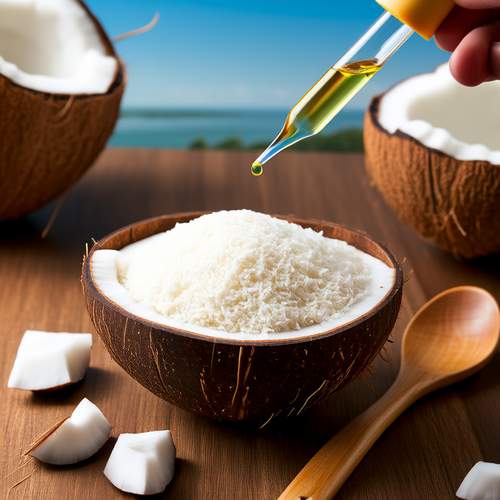
By /May 26, 2025
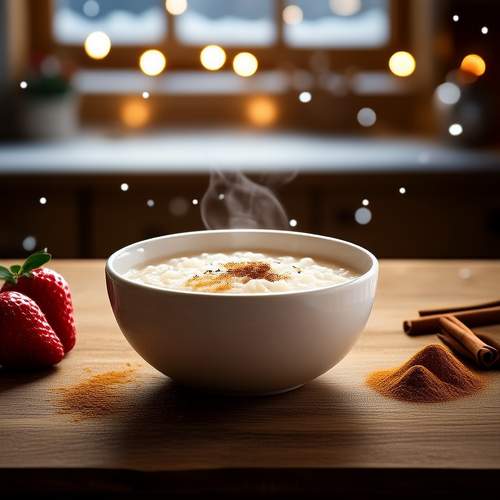
By /May 26, 2025

By /May 26, 2025
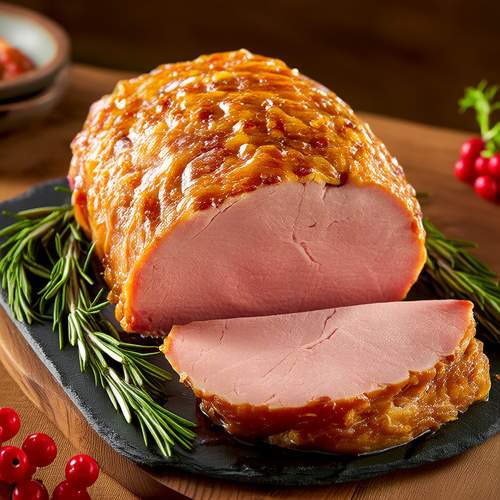
By /May 26, 2025